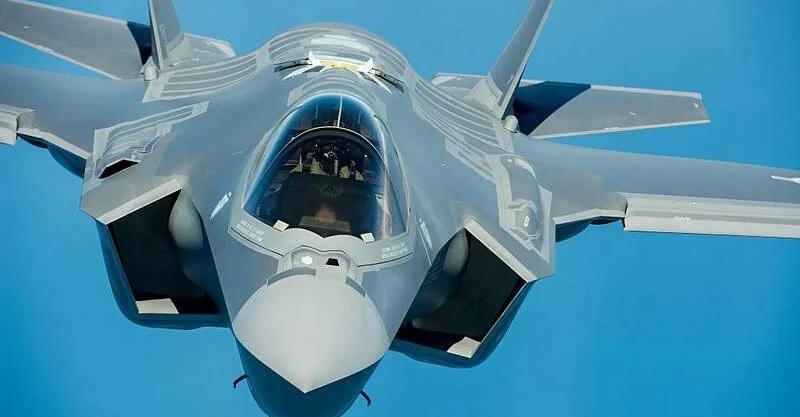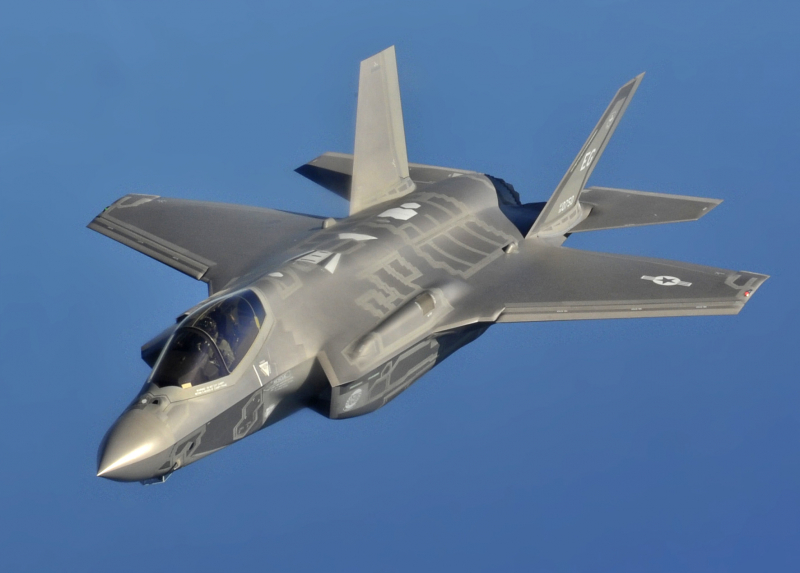F-35 Lightning II
The Lockheed Martin F-35 Lightning II is a single-seat, single-engine, all-weather stealth multirole combat aircraft designed for air superiority and strike operations. It can also conduct electronic warfare as well as intelligence, surveillance, and reconnaissance. Lockheed Martin is the primary F-35 contractor, alongside Northrop Grumman and BAE Systems as significant partners. The aircraft has three main variants: the conventional takeoff and landing F-35A, the short take-off and vertical-landing F-35B, and the carrier-based F-35C.
The aircraft is a direct descendant of the Lockheed Martin X-35, which won the Joint Strike Fighter program in 2001 over the Boeing X-32. The United States is primarily responsible for funding its development, with support from NATO program partner nations and close U.S. allies like the United Kingdom, Australia, Canada, Italy, Norway, Denmark, the Netherlands, and formerly Turkey. The aircraft are being ordered or considered by a number of different nations. The initiative has come under intense scrutiny and criticism due to its unparalleled scale, complexity, skyrocketing costs, and lengthy delivery delays. The parallel manufacture of the aircraft, while it was still being developed and tested as part of the acquisition plan, resulted in pricey design modifications and retrofits.
The F-35 made its maiden flight in 2006 and entered service with the U.S. Marine Corps F-35B in July 2015. The U.S. Air Force F-35A and U.S. Navy F-35C then followed in August 2016 and February 2019, respectively. The Israeli Air Force utilized the aircraft for the first time in battle in 2018. The U.S. intends to purchase 2,456 F-35s until 2044, which will make up the majority of the crewed tactical aviation for the U.S. Air Force, Navy, and Marine Corps for a number of decades; the aircraft is anticipated to be a pillar of NATO and U.S.-allied air power and operate until 2070. The F-35 is now expected to cost $1.7 trillion overall, which includes $1.3 trillion for operations and sustainment over a 66-year period.
Cost: $1.7 trillion overall
Country: United States












